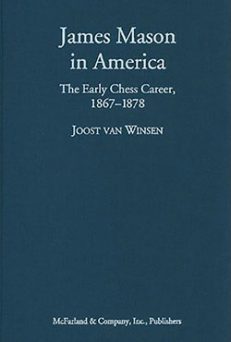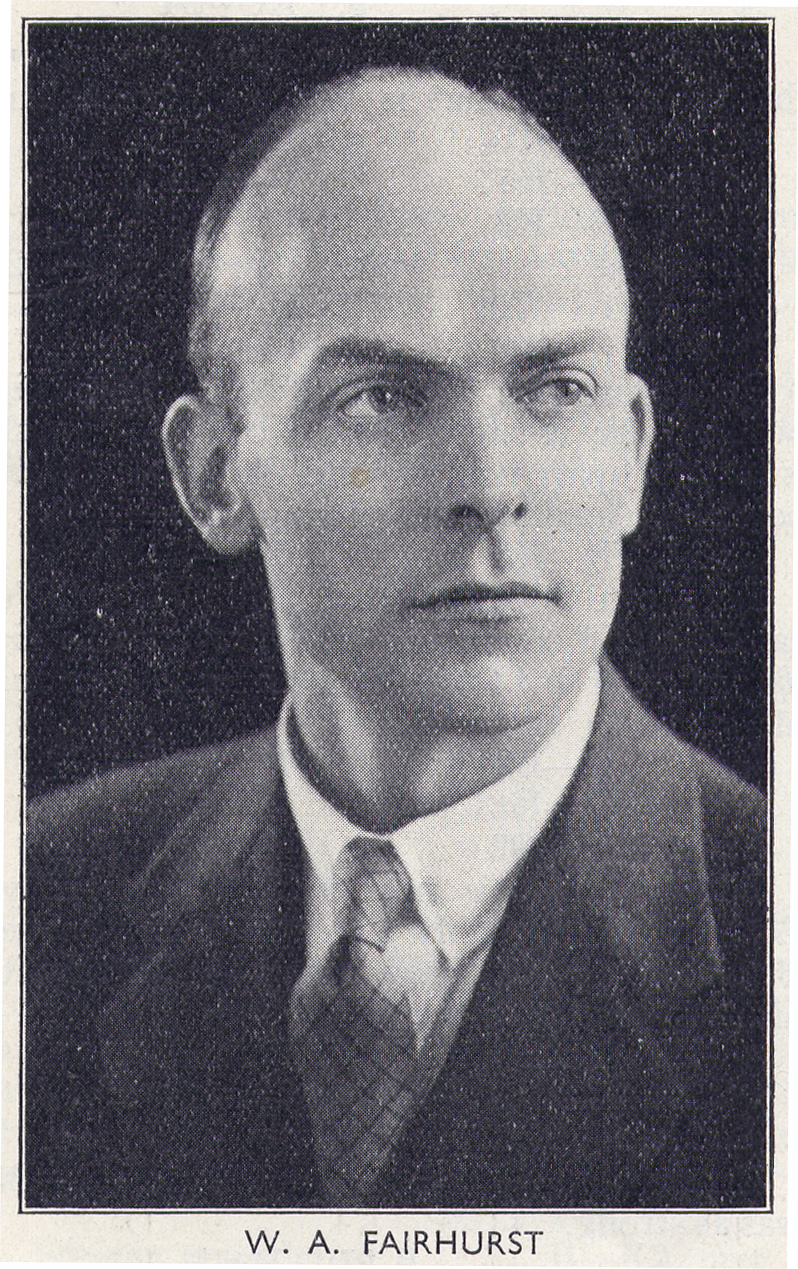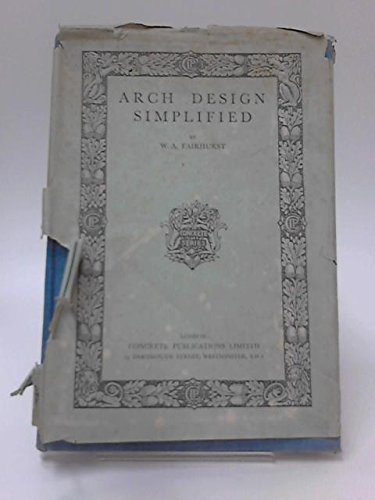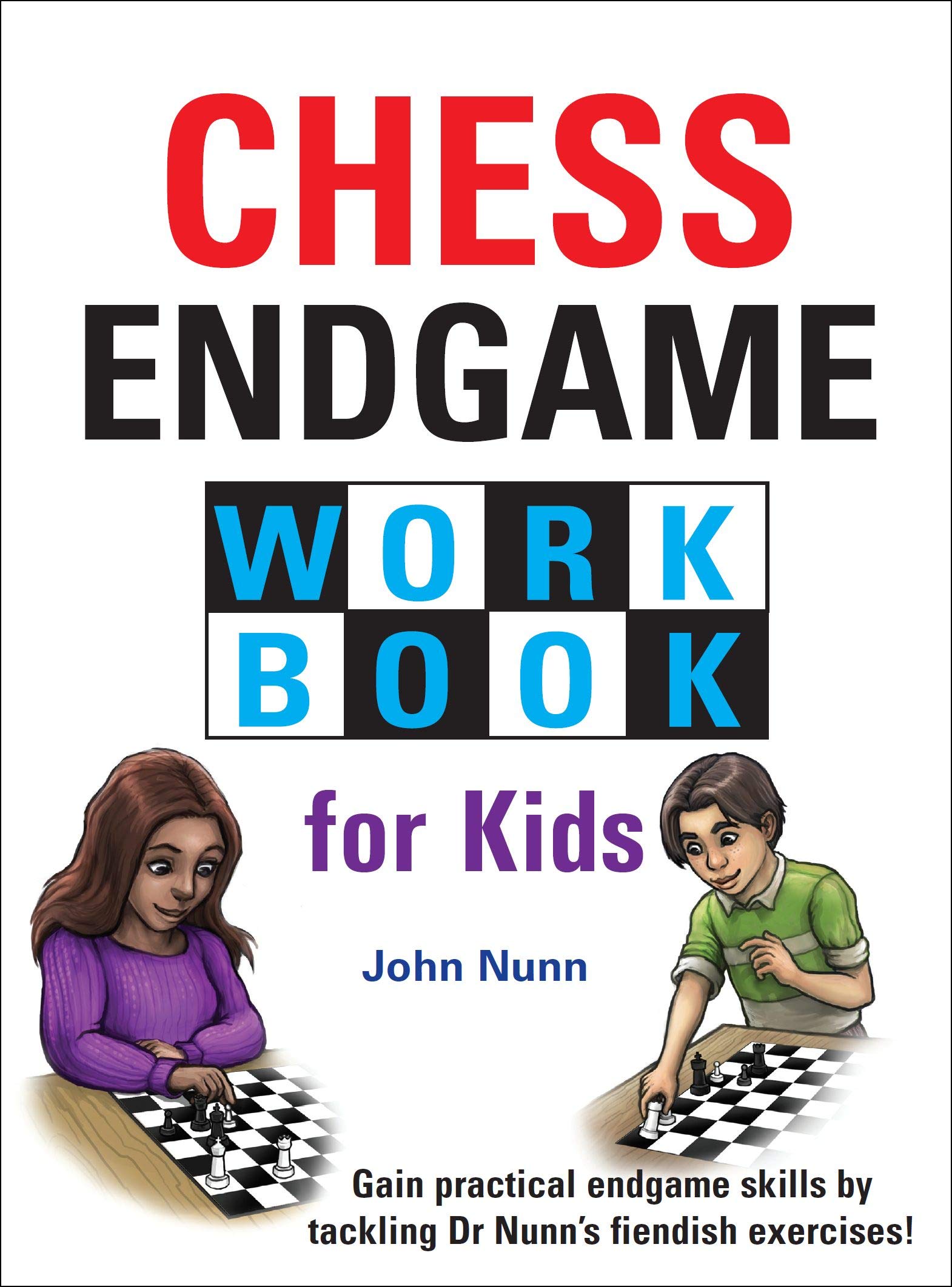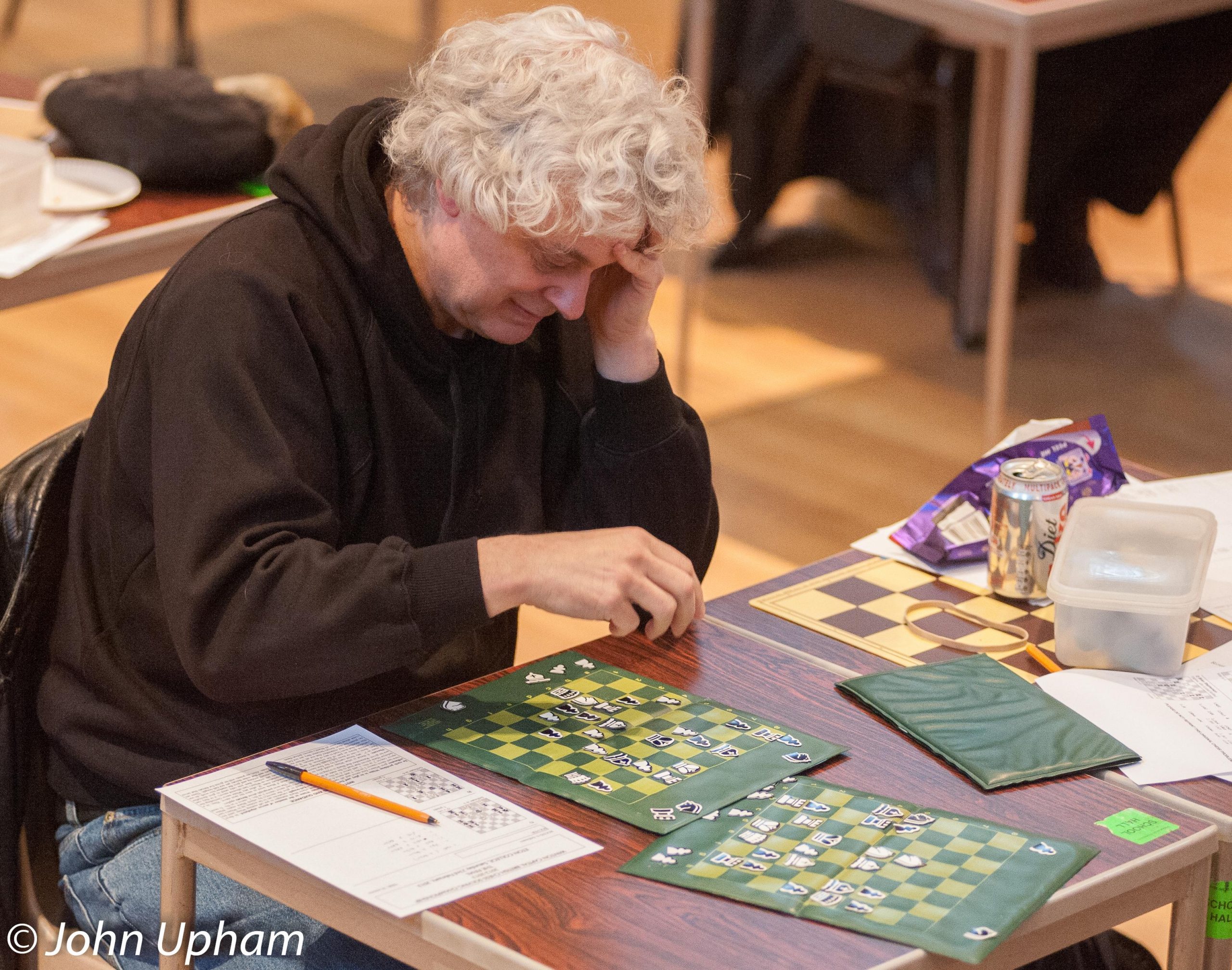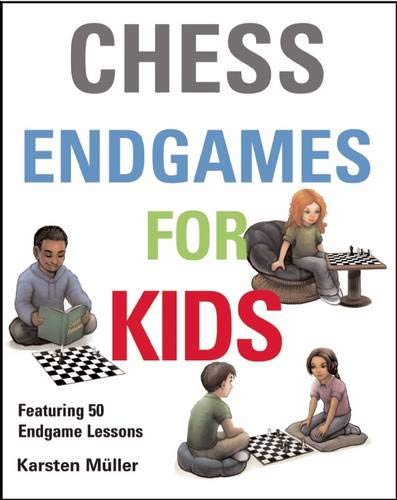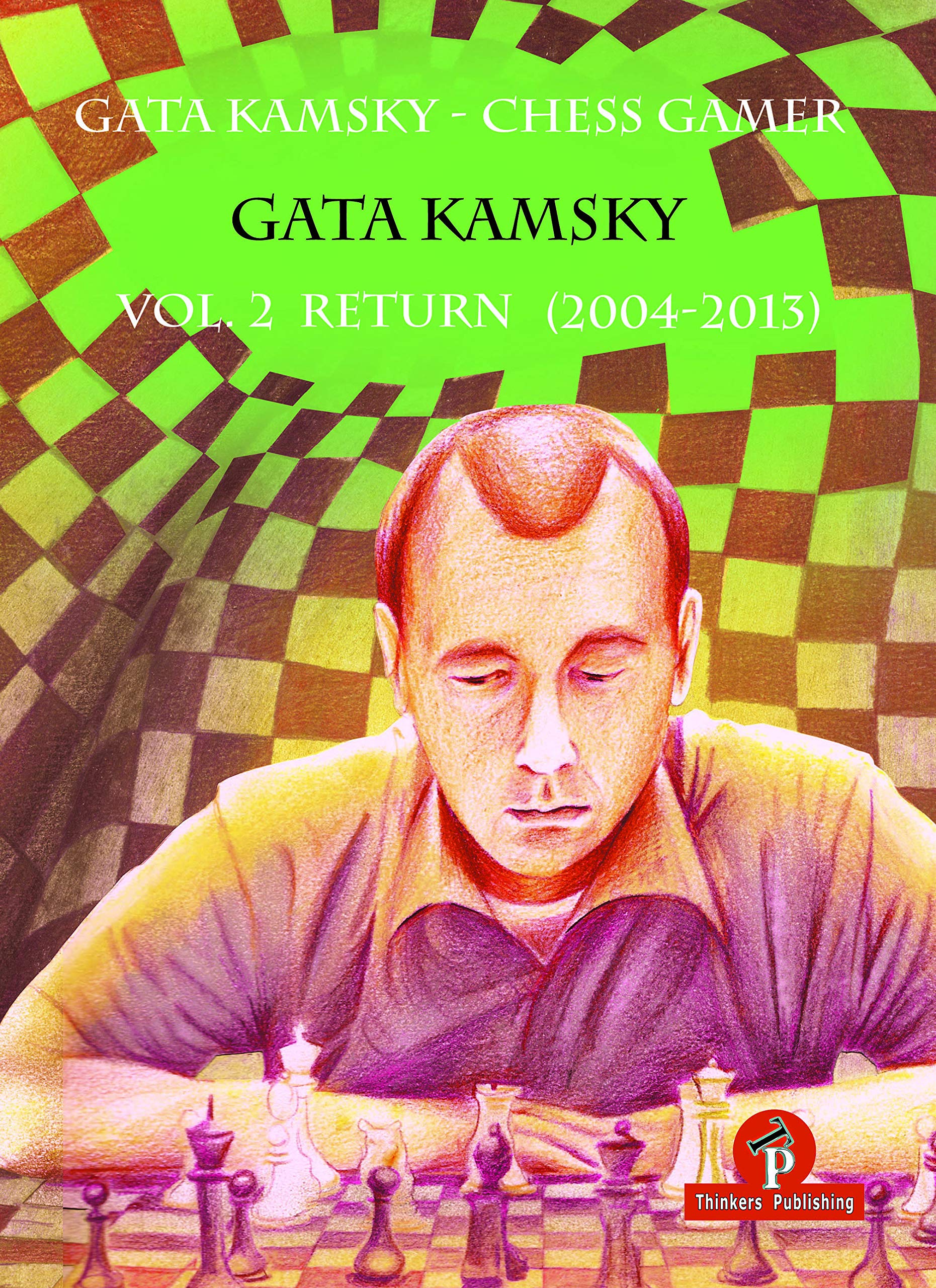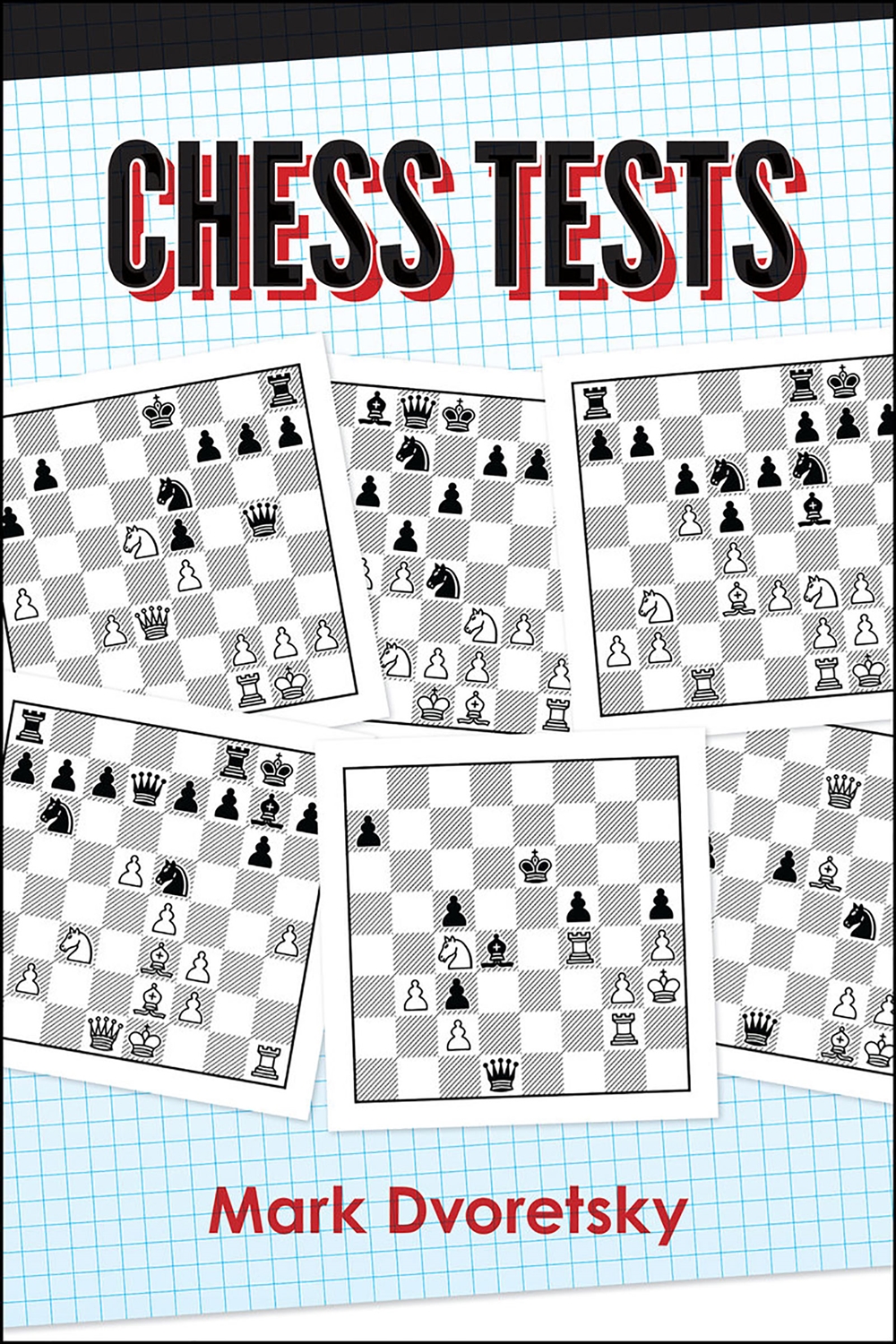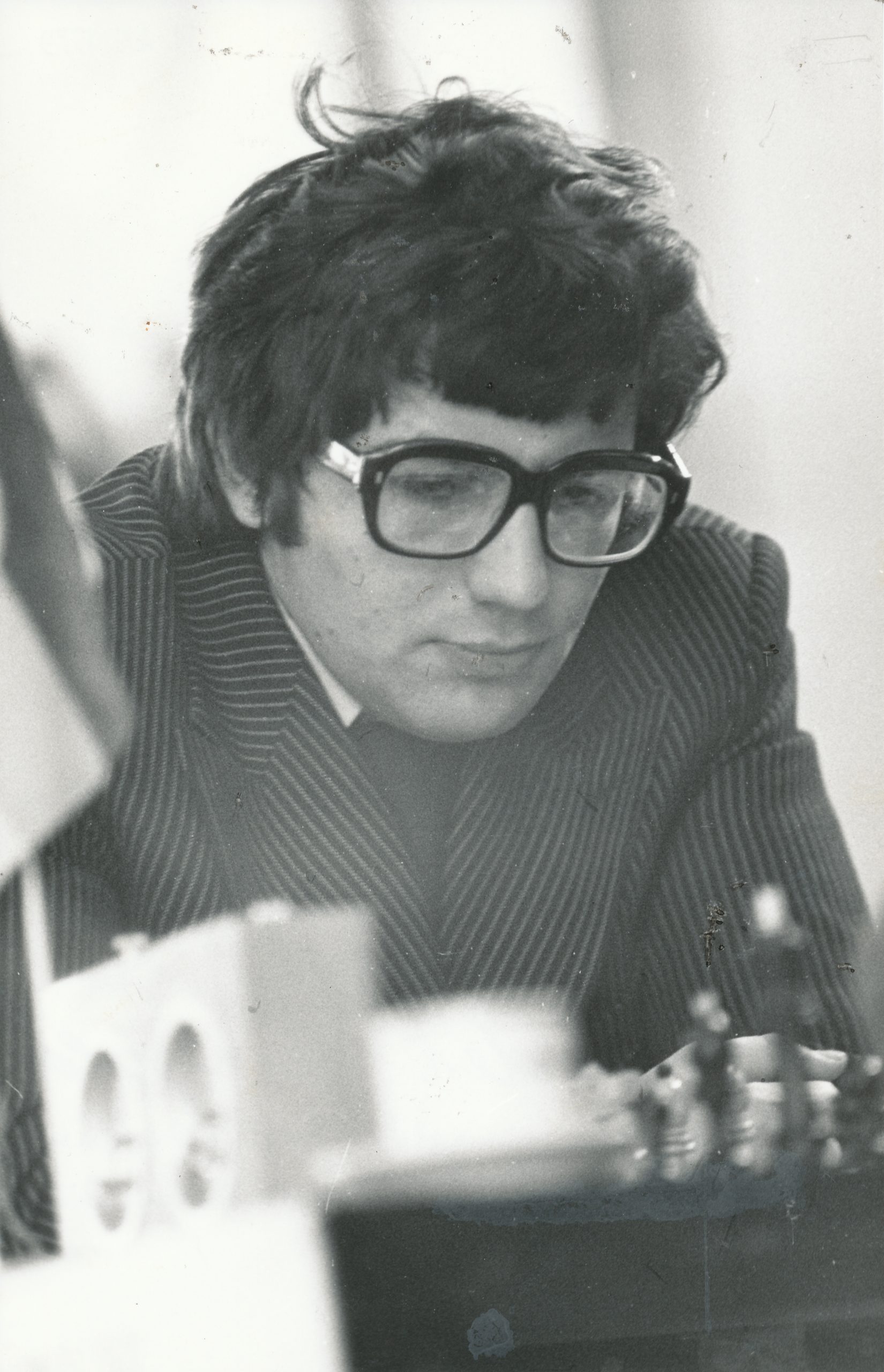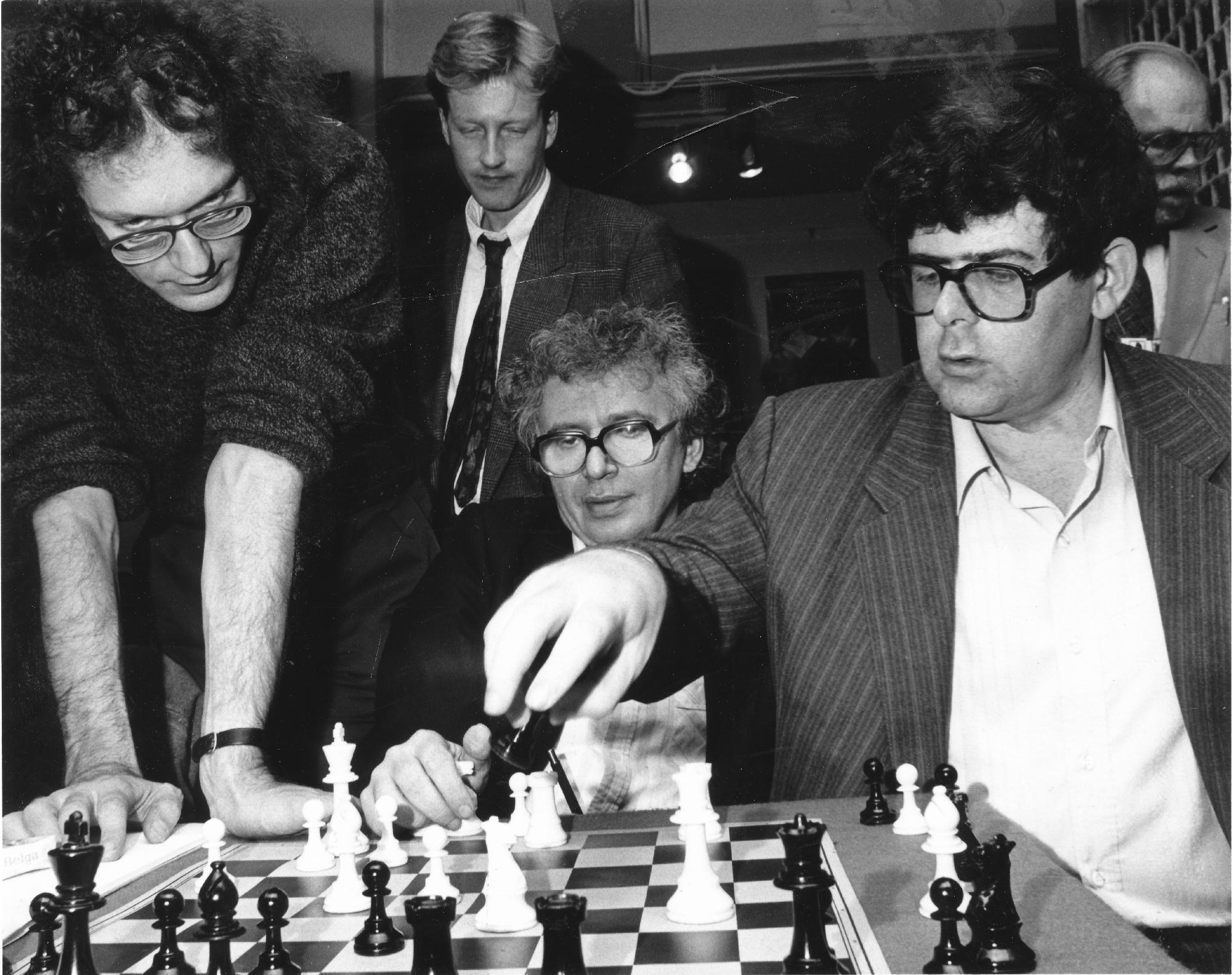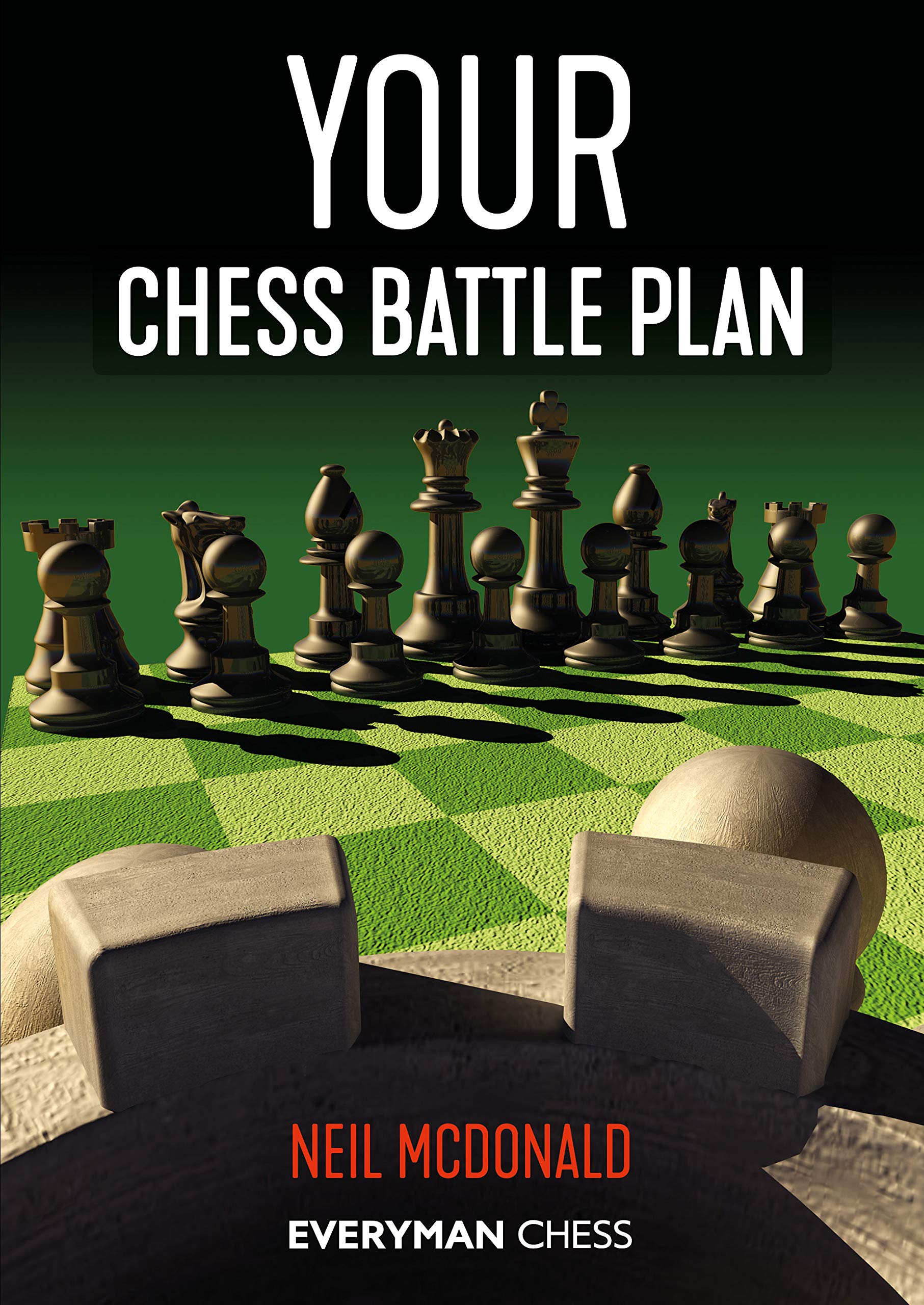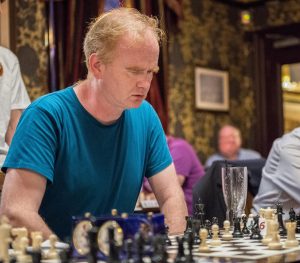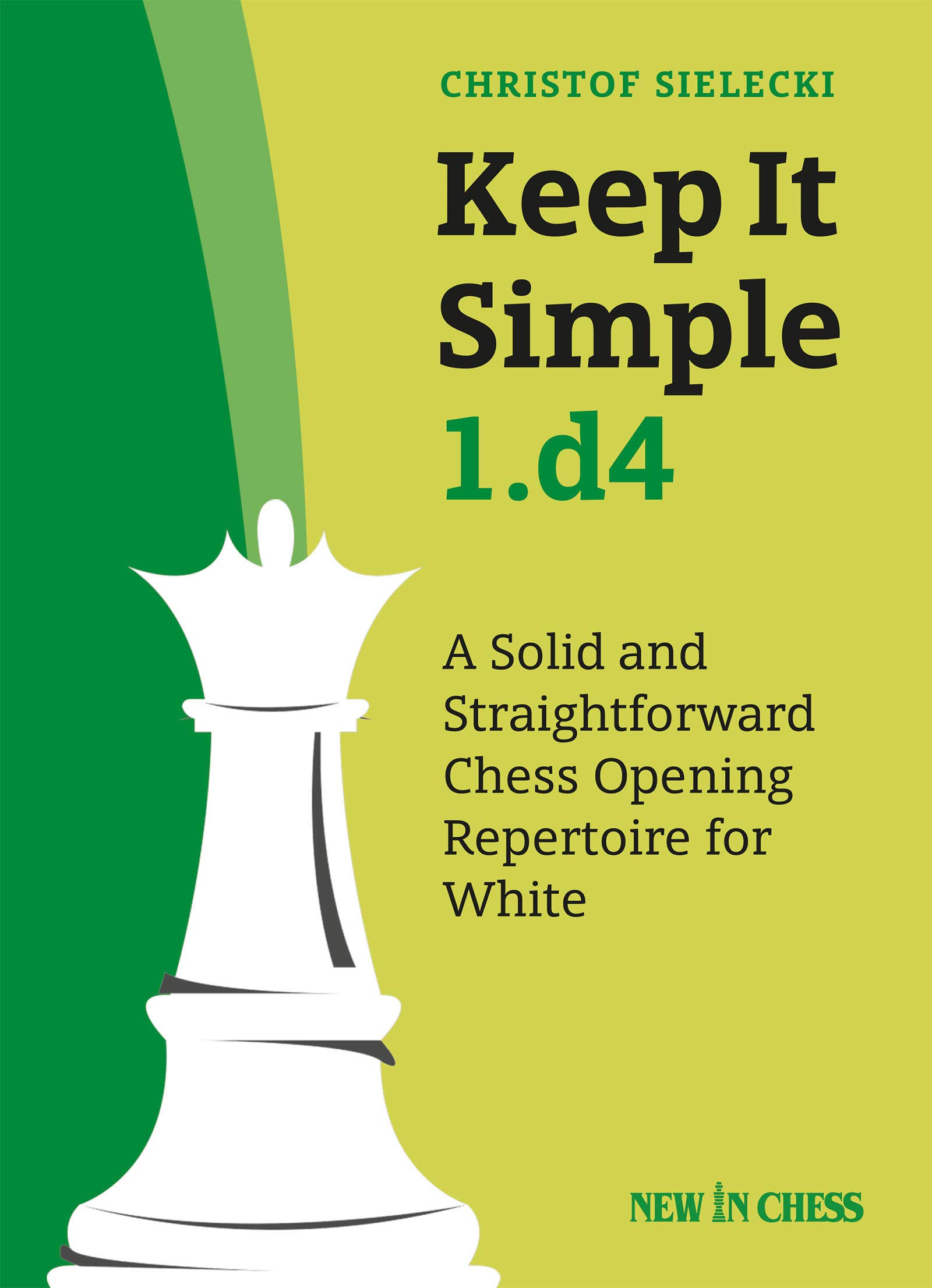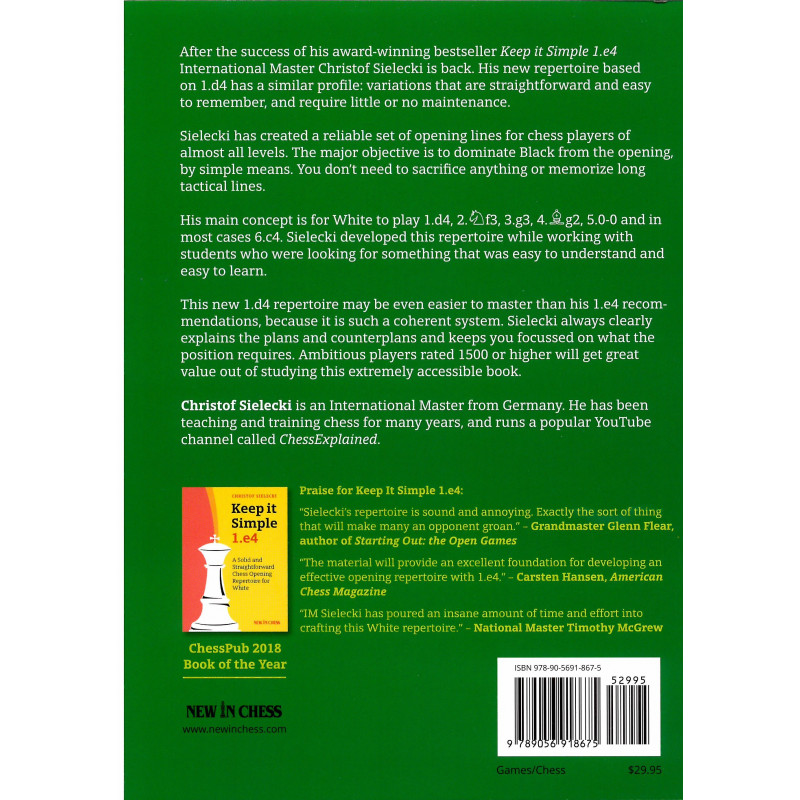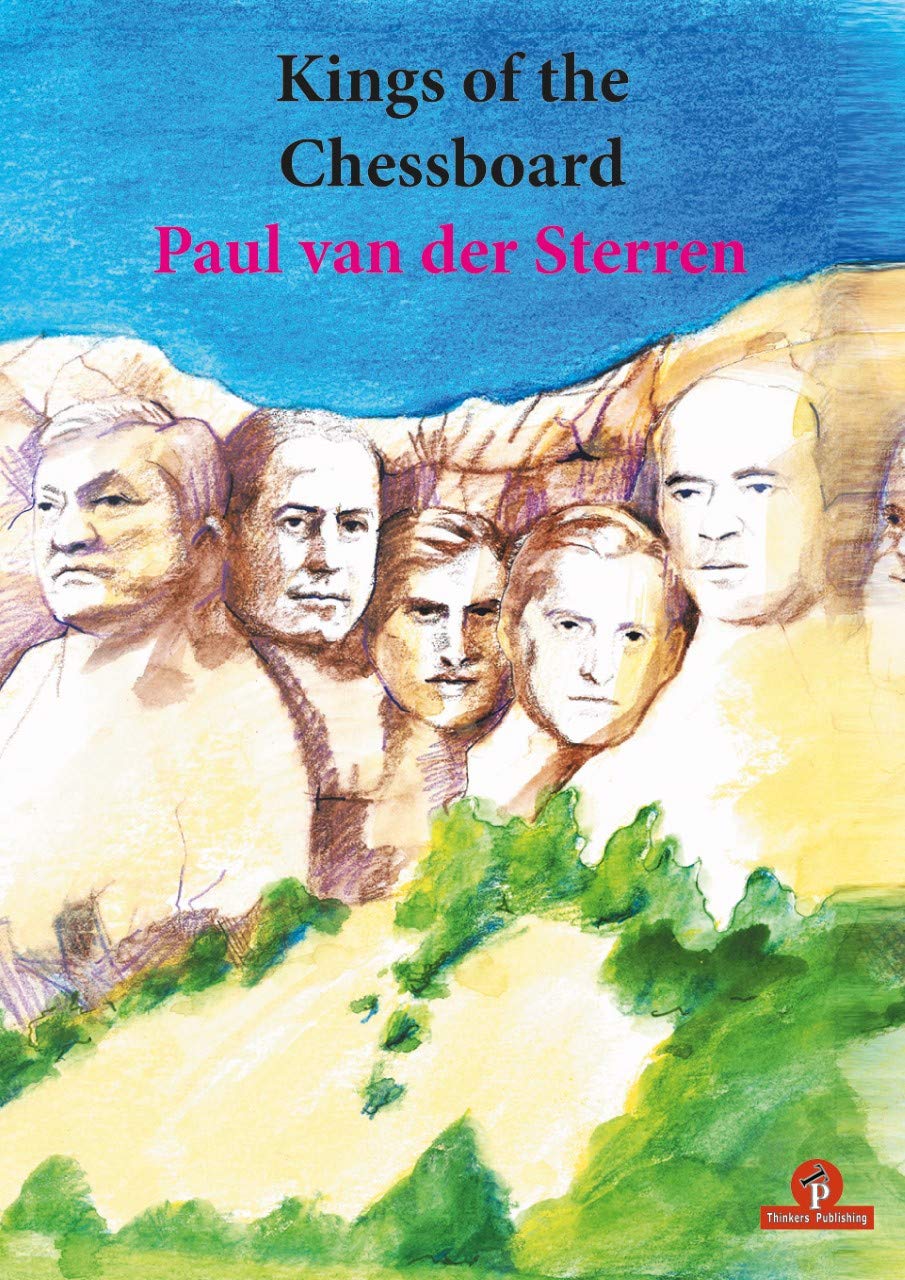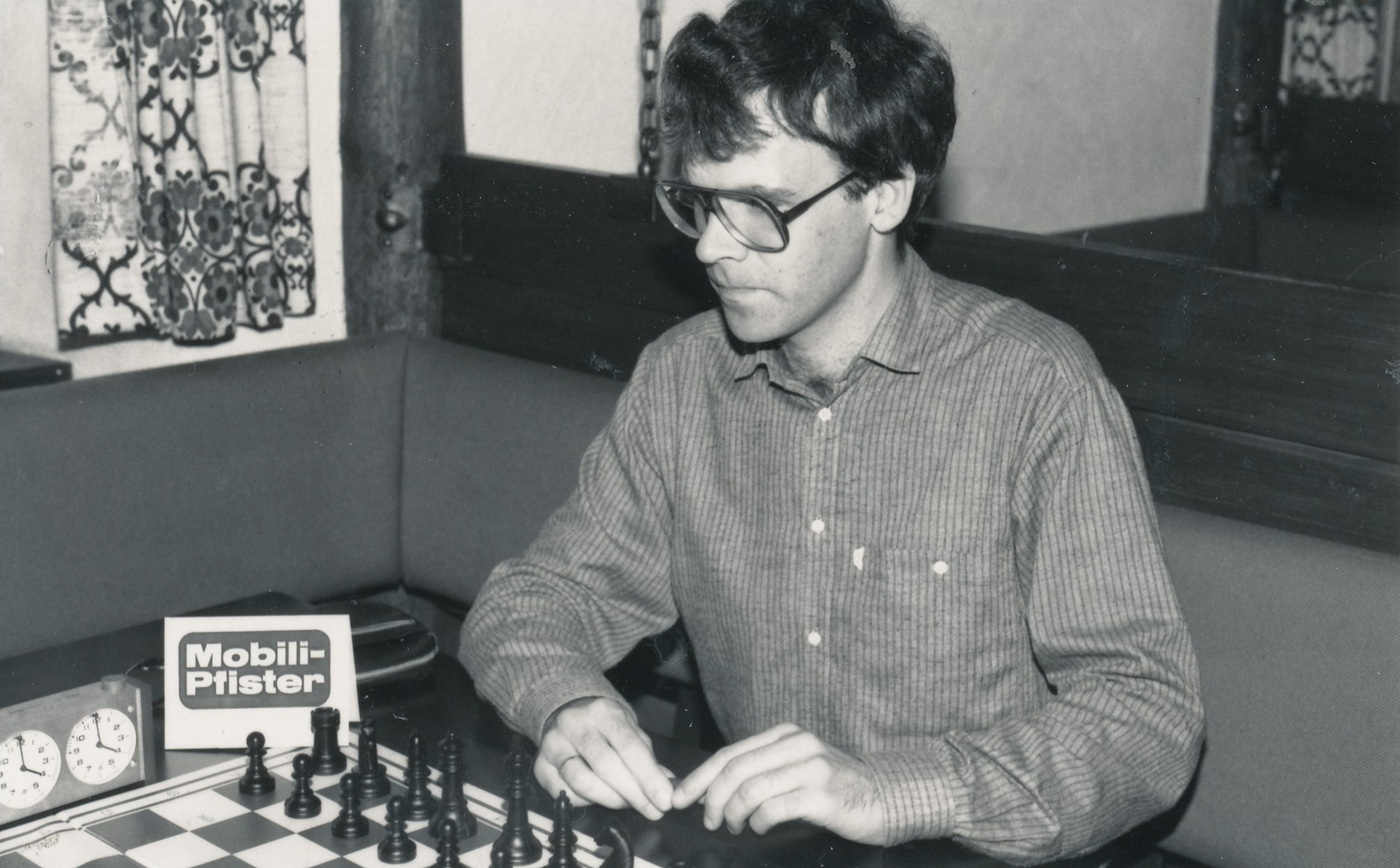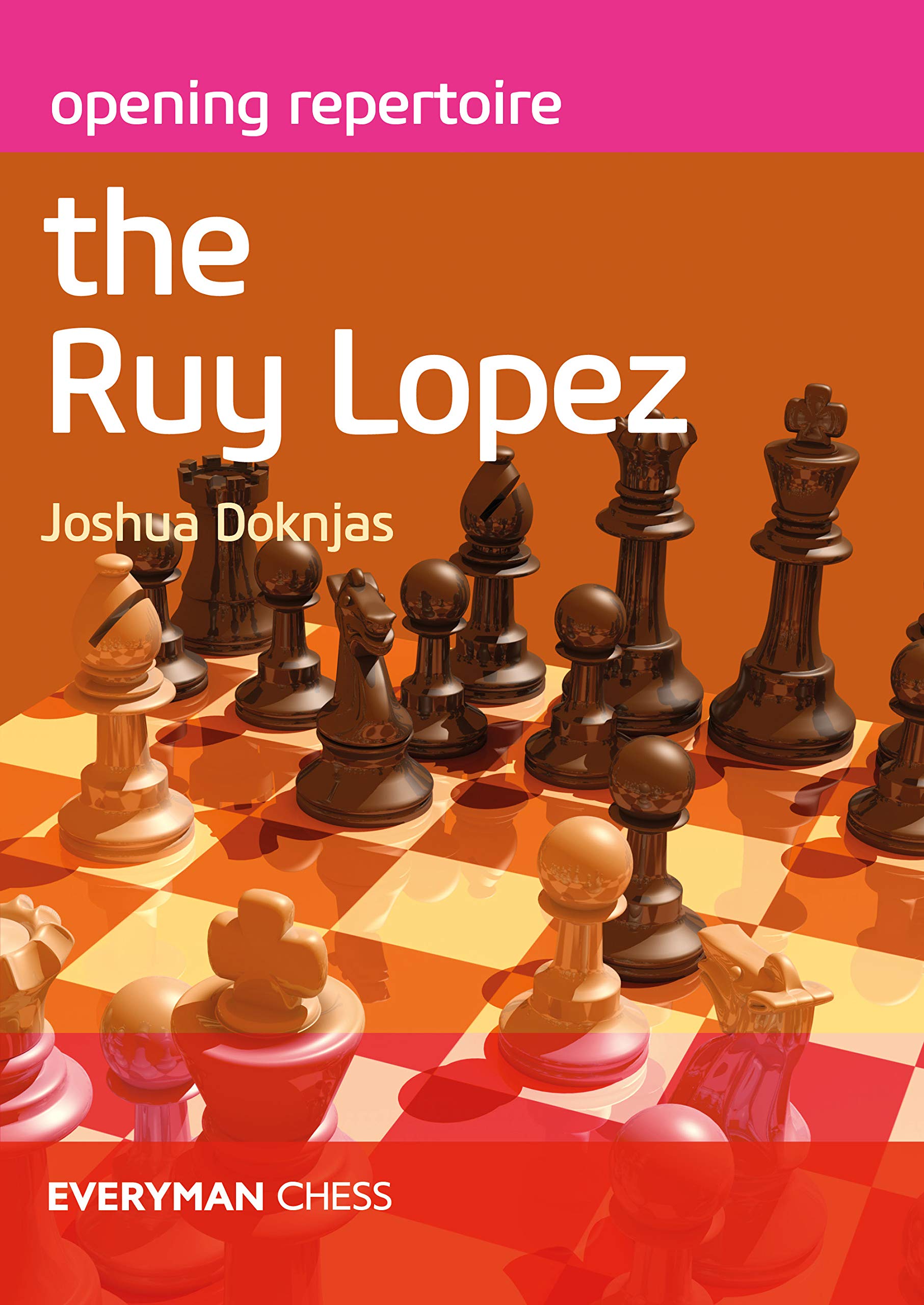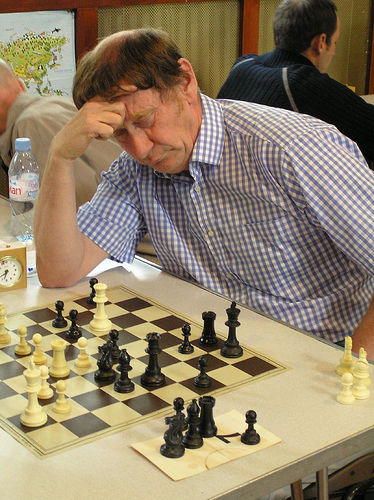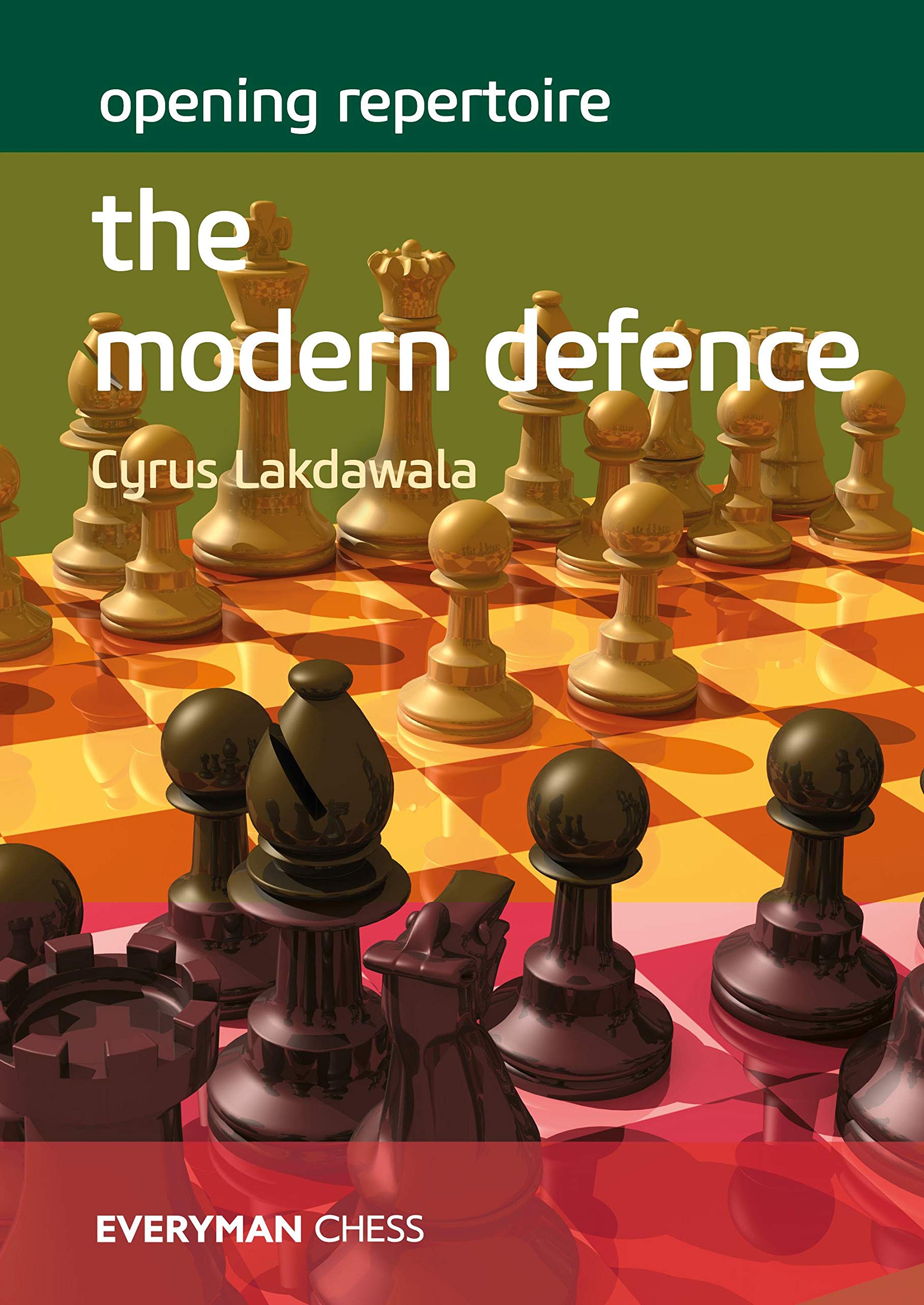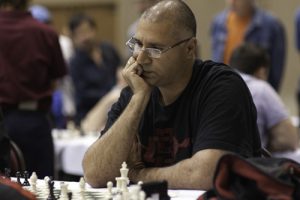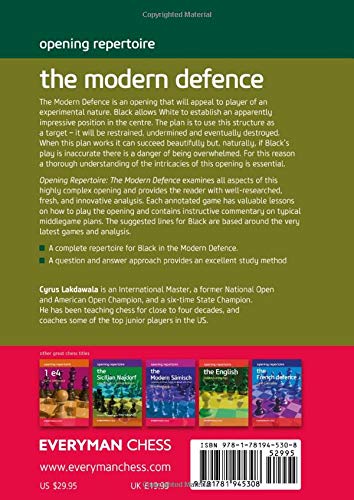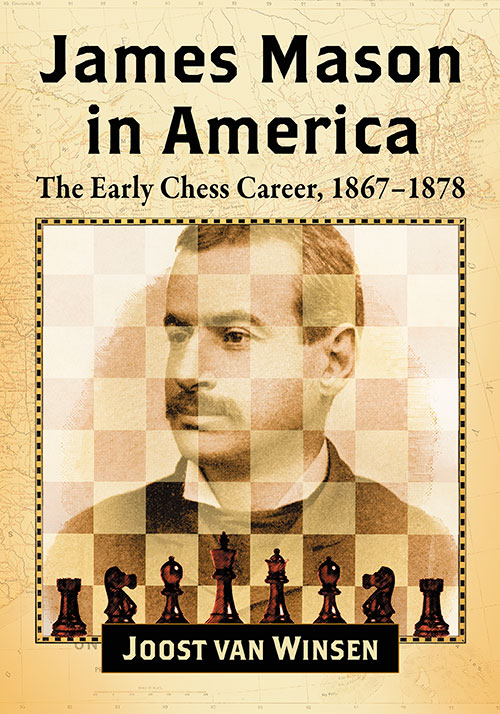
James Mason in America : The Early Chess Career, 1867-1878 : Joost van Winsen

Journalist Joost van Winsen lives in the Netherlands. He has previously written about American chess history of the Nineteenth century, and has contributed articles to ChessCafe.com and ChessArcheology.com.
James Mason was one of the mystery men of chess. We don’t even know for certain what his real name was. We know he was born in Kilkenny, Ireland in 1849, his family emigrated to the United States in 1861, and, somewhere round about the end of 1867, he turned up playing chess in New York.
Over the next decade he established himself as one of the strongest players in his adopted country before moving to England, where he died in 1905. His best result was at Vienna 1882, where he finished 3rd behind Steinitz and Zukertort in a field including most of the world’s strongest players, but, at least in part because of a fondness for drink, he never quite fulfilled his promise. In the 1890s he wrote several books, notably The Principles of Chess and The Art of Chess.
This book, a paperback reprint of a 2011 hardback, covers Mason’s early career.
The first four chapters provide a chronological account of Mason’s life in chess, enhanced with contemporary pen and ink drawings of many of his opponents and acquaintances. We then have a chapter about his writings and another about his style of play.
The second part of the book gives details of his match and tournament results, and, by the third part, we reach his games, about 200 of them (some sort of game numbering system would have been helpful). While Mason’s later style could sometimes be turgid, in his American years he favoured gambit play with the white pieces. Although the standard of play was, by today’s standards, not very high, there’s still plenty of entertainment value. His regular opponents included the British master Henry Bird, who was living in the United States at the time, along with many of the leading New York players of that era.
Van Winsen took the, perhaps controversial, decision only to use contemporary annotations rather than incorporate modern computer analysis. As he explained, “The author preferred the antique human judgment to the modern ‘truth’ of computer software.” The opening assessments make amusing reading. In 1873, for example, Orestes P Brownson considered 3. Nc3 in the French Defence a mistake, recommending 3. exd5 instead. In 1876, Zukertort, quoting Max Lange, criticized the Winawer variation of the French, preferring 3… Nf3 (sic: a rare notation error) because White is better after 3… Bb4 4. exd5.
How strong was Mason at this time? Jeff Sonas and Rod Edwards disagree by about 200 points: Sonas has him at 2700 strength and one of the best in the world, while Edwards has him some way down the list at 2500 strength. My money’s on Edwards, who includes casual as well as formal games in his calculations. Buy the book, play through the games yourself and see what you think.
The book then concludes with some appendices covering a variety of topics, a list of sources and six indexes.
As is to be expected with books from this publisher, James Mason in America is well researched, well written, well illustrated and well produced. I might have preferred it if the games and tournament results were included in the narrative rather than in separate chapters, but you may well disagree.
This book probably won’t improve your rating, but if you’re at all interested in 19th century American chess history, and, like me, you missed the original hardback edition, you’ll want to add this to your collection.
I’d certainly be interested in a book covering the rest of Mason’s life and career: James Mason in England?
Here’s a game to whet your appetite.
James Mason – Frederick Perrin New York (casual game) June 1873
1. e4 e5 2. Nf3 Nc6 3. Bc4 Nf6 4. O-O Nxe4 5. d4 d5 6. Bb3 Bg4 7. dxe5 Be6 8. Qe2 Bc5 9. c4 Nd4 10. Nxd4 Bxd4 11. Qd3 c5 12. cxd5 Bxd5 13. Ba4+ Ke7 14. Nc3 Nxc3 15. bxc3 Bxe5 16. Qe3 Kd6 17. Rd1 Qh4 18. f4 Bf6 19. Rb1 Qg4
20. Qxc5+ Kxc5 21. Ba3+ Kc4 22. Bb5+ Kxc3 23. Rbc1#
Richard James, Twickenham 27 March 2020

Book Details :
- Softcover : 384 pages
- Publisher: McFarland (30 October 2019)
- Language: English
- ISBN-10: 1476679436
- ISBN-13: 978-1476679433
- Product Dimensions: 17.3 x 2.3 x 24.4 cm
Official web site of McFarland
The cover of the eariler (2010) hardback edition is below :
